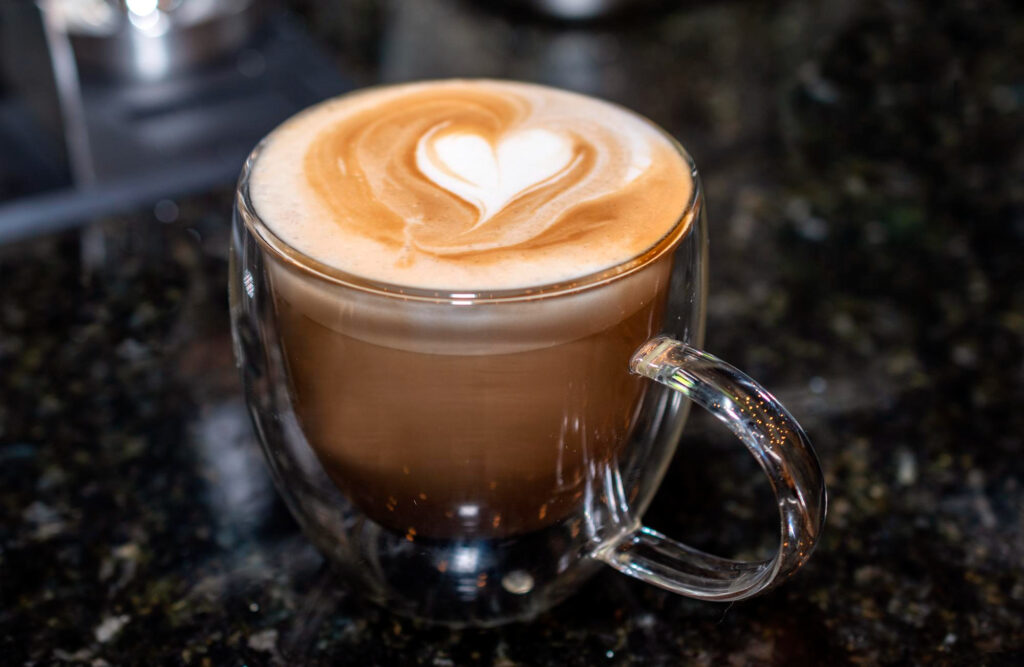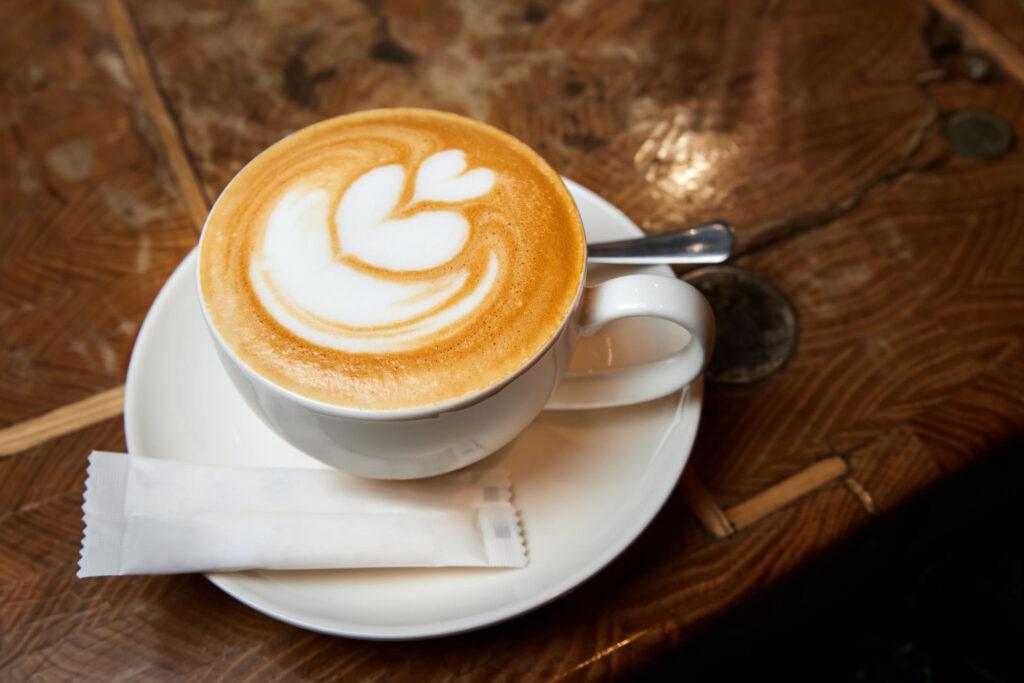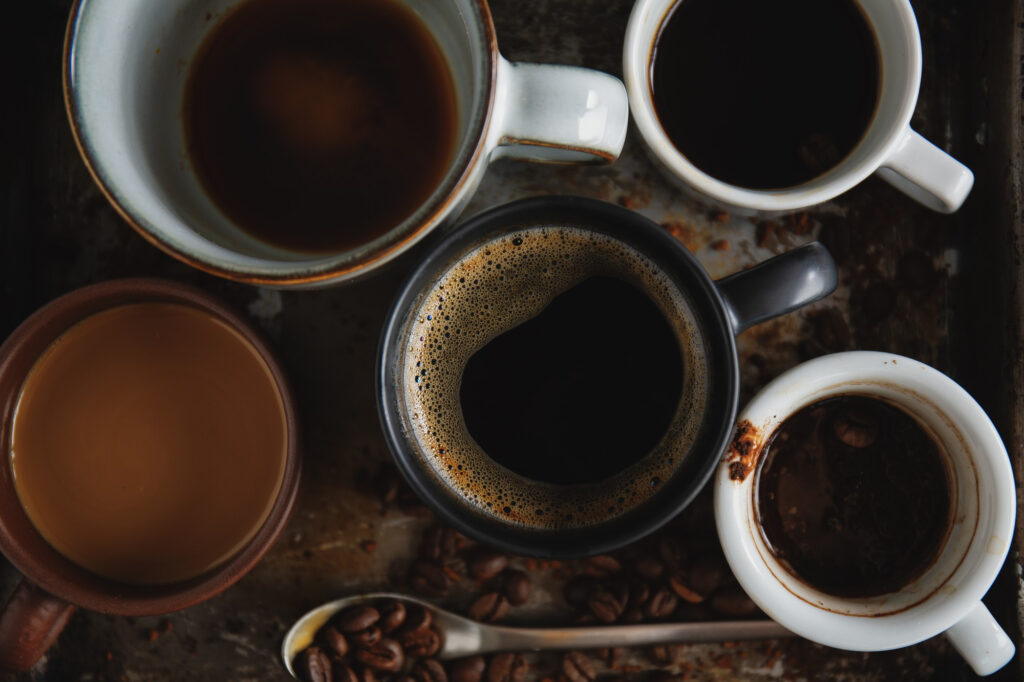Coffee is no longer just coffee. Unique coffee shops have entirely changed how we perceive our “Cup of Coffee” in appearance and taste. We have studied many different ways of making it, and now it’s no secret that even small changes in the recipe can radically change the taste of our drink.
But what distinguishes the two most popular coffee drinks: are espresso and filter coffee. From the taste of the drink, the method of preparation to the ongoing chemical processes – we will find out:

What is espresso?
Espresso is the Italian answer to your immediate need for caffeine. The word itself conveys the very essence contained in this drink. That’s right, it is in an espresso machine, and this shot must be instantly drunk.
What else is special?
For example, water passes through the finely ground coffee at high temperatures (almost boiling!) and under high pressure. Espresso turns out to be denser and more concentrated than filter coffee.
Espresso in its pure form also serves as the basis for preparing many delicious drinks, such as Americano, cappuccino, flat white, and latte. Their difference is in the amount of whipped milk or hot water added.
- Espresso-based drinks
- Espresso
Americano
Interesting fact: Filter coffee vs. Americano! It all started with American soldiers and their love of black-filter coffee.
The drink, prepared in an Espresso machine, was named “Americano” during the 2nd World War and Italy’s occupation by US troops. American soldiers, who missed their homeland and black coffee, ordered a solid Espresso in Italian cafes and diluted it with hot water so the drink would look like filter coffee. Then the Italian baristas called him “Americano” (which means: American) and wrote down the recipe: “dilute divine Espresso with boiling water beyond recognition.”
Cappuccino
Espresso-based coffee drink with the addition of warmed foamed milk. A thick layer of thick creamy foam, sweet warming milk and a rich taste of well–brewed espresso is an absolute delight.
Flat White
Flat White, a coffee drink, is prepared by adding steamed milk with a small amount of foam to a double portion of espresso. Flat White in the 1980s, and there is still a dispute about where Flat White was invented – in Australia or New Zealand, but undoubtedly somewhere there! A roaster and a barista result from experiments to identify the balance of the taste of coffee and milk. The barista refused a large amount of foam in the drink, reduced the proportions of milk (110 ml), and increased the amount of coffee (60 ml).
Latte
This drink is in Italy. When I tasted espresso worldwide, it was bitter, rich, and a new feeling for many. Some did not like this bitterness, and they added milk to make the drink more tender—Latte coffee for such consumers. Usually, more milk is added to latte coffee to soften the taste than a cappuccino, but less cream. Many people know that you can get into an awkward position by ordering a latte in Italy because they will bring you a glass of ordinary milk.

What are a coffee filter and a prover?
Espresso and filter coffee theoretically have the same concept. In both cases, the base is hot water interacting with ground grain, passes through a filter, is brewed, and as a result, we get a ready drink.
But the critical difference between a filter and an espresso is that in the case of filter coffee, water passes through ground coffee beans without pressure but only under the influence of gravity. For this reason, the brewing process takes a little longer, but the result will be just as excellent, albeit different.
Above, it will take much more ground grain and water to make this coffee. There is no 30 ml Filter Coffee drink – or at least not for those coffee lovers who want to drink it.
Filter coffee, or as it another way – pullover and drip, is usually not so acidic and emphasizes the more subtle flavors of coffee. Therefore, providers are more popular among professionals for preparing single-origin varieties.
Unlike espresso, a good coffee filter is clean with its density and layers. It tastes balanced since coffee oils and particles dissolve in more water in the time required for this process without applying external pressure (force). The coffee filter has a milder taste since its acidity is much lower than in espresso.
So how much time does it take to prepare the filter exactly?
As for the brewing time, the coffee filter is a delicious cup that needs to wait a couple of minutes longer than espresso.
The process begins with pre-wetting ground grain and waiting for “flowering,” which takes 30 to 40 seconds and allows you to release carbon dioxide and prepare the grain so that the water passes smoothly and evenly through the ground coffee during brewing. The rest of the process (post-flowering) brewing is approximately 1½ to 4 minutes depending on the prover.
As for espresso, according to Italian standards, it is prepared from 25 to 30 seconds – no more, no less. If you are drinking a milk-based drink, add a few seconds for whipping and pouring milk. Then in total (not counting the time for grinding grain), the process taking about a minute (depending on your ability to do several things simultaneously) is the fastest way to get your coffee.

What about brewing equipment?
Regarding equipment, most essential devices for making filter coffee (providers) are cheaper than buying a full-size espresso machine makes it less cost-effective if you are not a professional or are just starting to master the coffee craft.
For a coffee filter, all you need is a dripper, paper filters, and a cup (although devices such as scales and a thermometer will help you be more accurate). There are various variations of drippers: Chemex, prover clover, Kalita, V60, and so on.
Made of different materials (plastic, glass, porcelain, etc.), the difference between them is in the size of the spillage holes, the angle of inclination, the structure of the dripper, and so on.
Depending on your needs, an espresso machine can cost you a “tidy” amount from a hundred to several thousand dollars. An espresso coffee maker for home use will cost much cheaper. Still, insufficient water pressure makes it unlikely to be able to prepare the proper espresso, like a barista in a coffee shop on a professional espresso machine.
And, of course, the dimensions! An espresso machine takes up most of the space and requires a lot of electricity. You will also need additional gadgets to work on an espresso machine (temper, portafilters, dispersion screens, baskets, etc.). You can replenish This list with new innovative cool devices, which will also cost a lot.
Filter coffee or espresso: which is better?
This question doesn’t have a clear answer. A coffee filter is sometimes the best way to taste all the flavors of unique coffee varieties that cannot prepare in espresso. Making coffee in providers is slow and soothing; sometimes, it is called slow coffee.
Nevertheless, the filter coffee’s brewing time is incomparable to espresso’s preparation. Espresso is prepared entirely differently, using other technologies, and is a fast way to get a quick dose of caffeine.
Due to its thick creamy consistency, espresso interacts well with milk. The creaminess of whipped milk usually gives espresso even more sweetness, and you can enjoy this combination in drinks like latte, cappuccino, and flat White.
The coffee filter, in comparison, tastes cleaner, softer, and less acidic, which means that it is more often drunk without milk. It allows you to assess better the balance of the taste of coffee, its flavor shades from color, citrus to caramel and chocolate.
Ultimately, the best choice for you will be what meets your preferences. Remember that each method of making coffee can give completely different results depending on the variety and origin of coffee, the degree of roasting, processing methods, etc.



